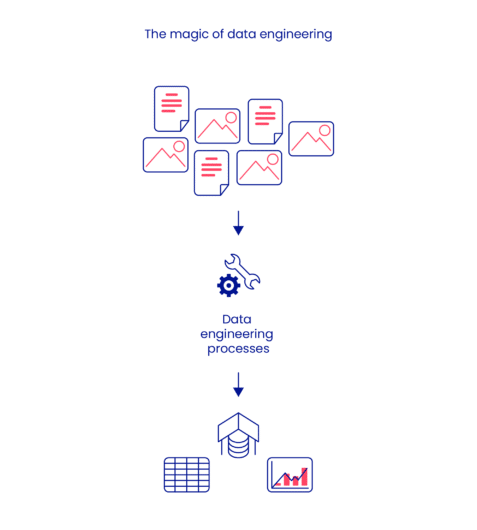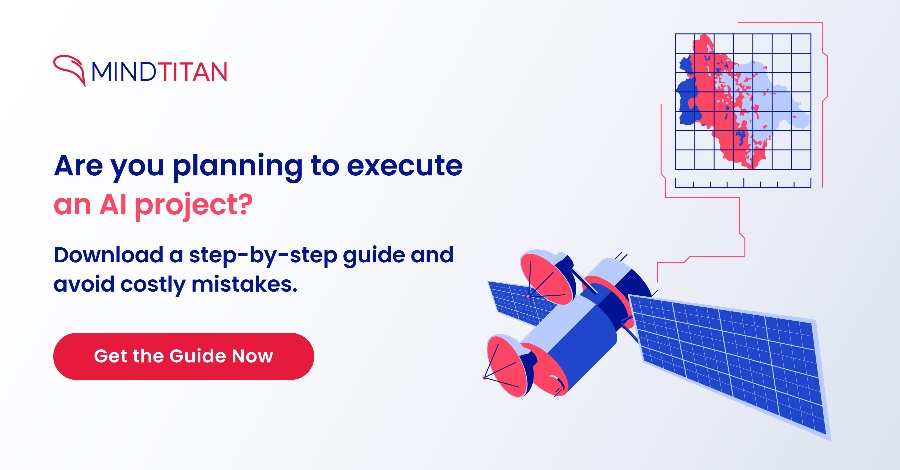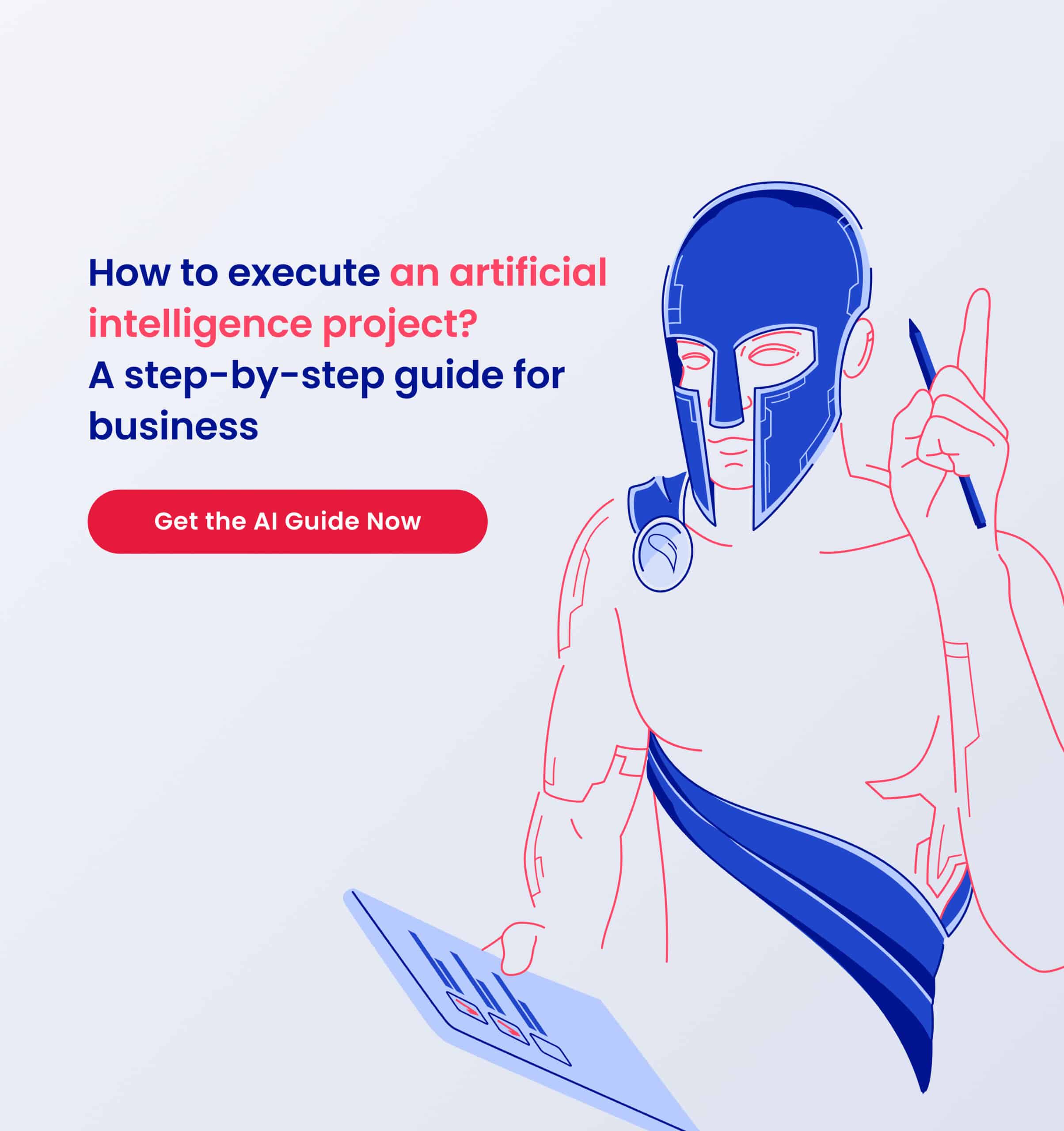Lead Scoring and Account-Based Sales
Flexibility in data engineering tools is crucial to adapt to the dynamic nature of data and the changing needs of a business. It allows businesses to switch between different technologies, platforms, and services based on evolving requirements, ensuring they’re always using the most appropriate and cost-effective solution.
Strategies to prevent vendor lock-in
To circumvent the potential pitfalls of vendor lock-in, businesses should adopt several strategies fostering autonomy and adaptability. A significant step is embracing a multi-cloud strategy. Such an approach entails utilizing diverse cloud services, potentially from various providers, to cater to distinct technical and business needs. Spreading resources and workloads across multiple cloud platforms prevents a business from becoming excessively dependent on a single provider.
A complementary strategy involves leveraging open-source tools. Differing from proprietary software, open-source technologies don’t tether a user to a specific vendor. They’re usually backed by a developer community and can be tailored to meet particular needs, giving businesses remarkable control over their data engineering processes. One practical example of this strategy is the adoption of managed open-source tools offered by cloud vendors such as AWS Athena, a managed version of the open-source Presto technology, initially developed by Facebook. While there might be subtle differences between Presto on AWS and Azure, migrating between these platforms is generally less daunting than between proprietary offerings like AWS Redshift and Azure Synapse.
Speaking of migrating, data portability should be a high priority. Ensuring your data can transition effortlessly between different platforms helps avoid a scenario where you’re ‘locked in’ due to complex data migration processes.
Vendor neutrality allows businesses to maintain control over their data, negotiate better deals, drive innovation at a faster pace, and make changes as per their evolving needs without any hindrance. It’s a proactive approach that empowers businesses in their journey of transforming data into dollars.
Balancing the trade-offs of flexibility and ease of use
Flexibility in your data management tools is a big deal, but it can also be a headache. More customization means more complexity, and multiple platforms or open-source tools might require a tech-savvy team and lots of hands-on management. Using tools from a single vendor might be simpler because they’ve been designed to work together. In contrast, mixing different tools, even though it may be cheaper, can lead to compatibility issues.
However, managed open-source services like Preset for Business Intelligence and Astronomer.io for data pipelines can be game changers. They’re run by third parties, so they’re easier to handle, even though they work on infrastructure from another vendor like Azure. Surprisingly, the support from these open-source vendors often beats traditional vendors, at least according to the Reddit Data Engineering community.
The bottom line is, businesses need to balance flexibility and ease of use. That means considering your resources, technical skills, and business needs when choosing your data tools. The goal is to use data effectively and stay nimble as business needs change.



